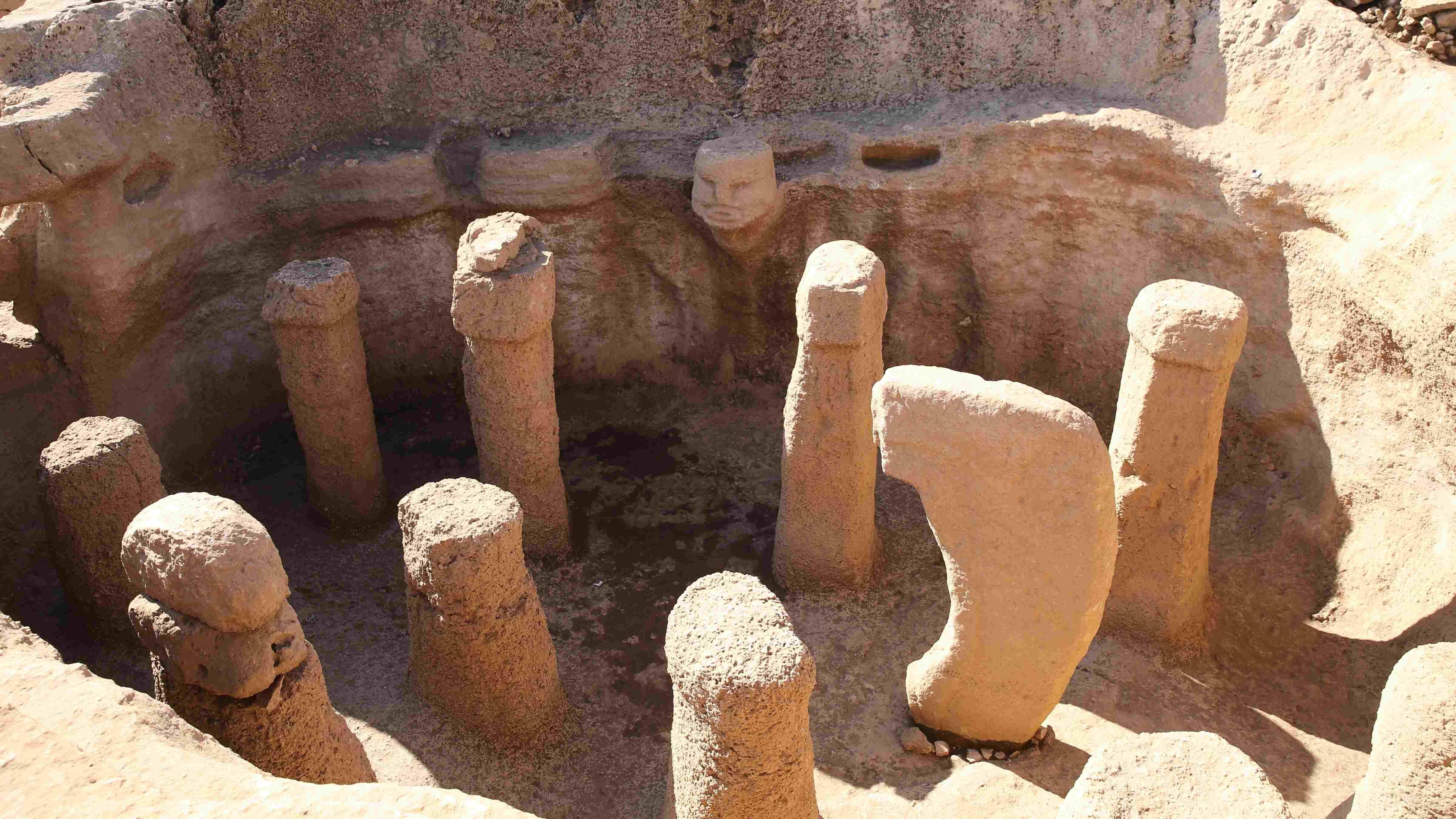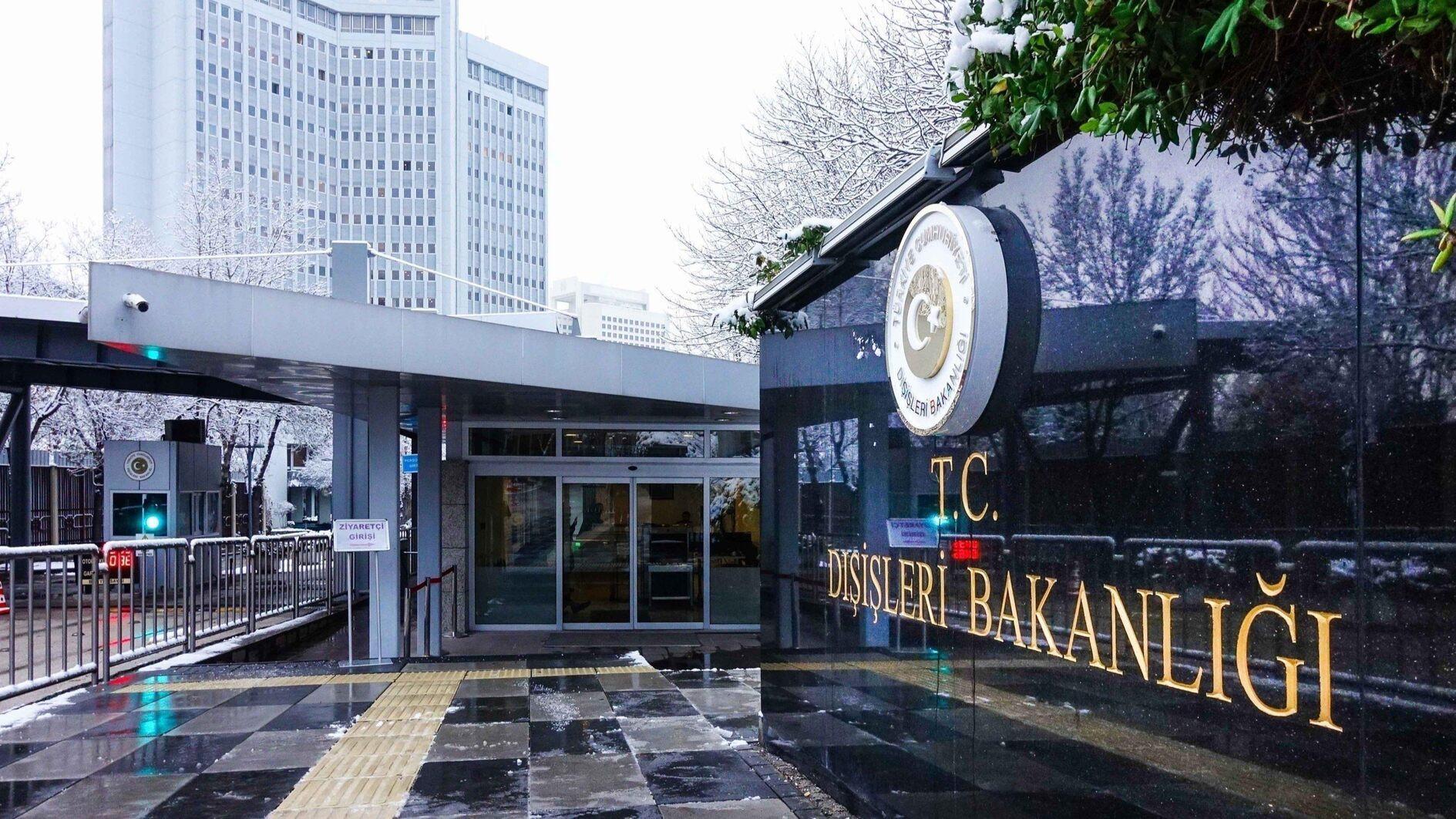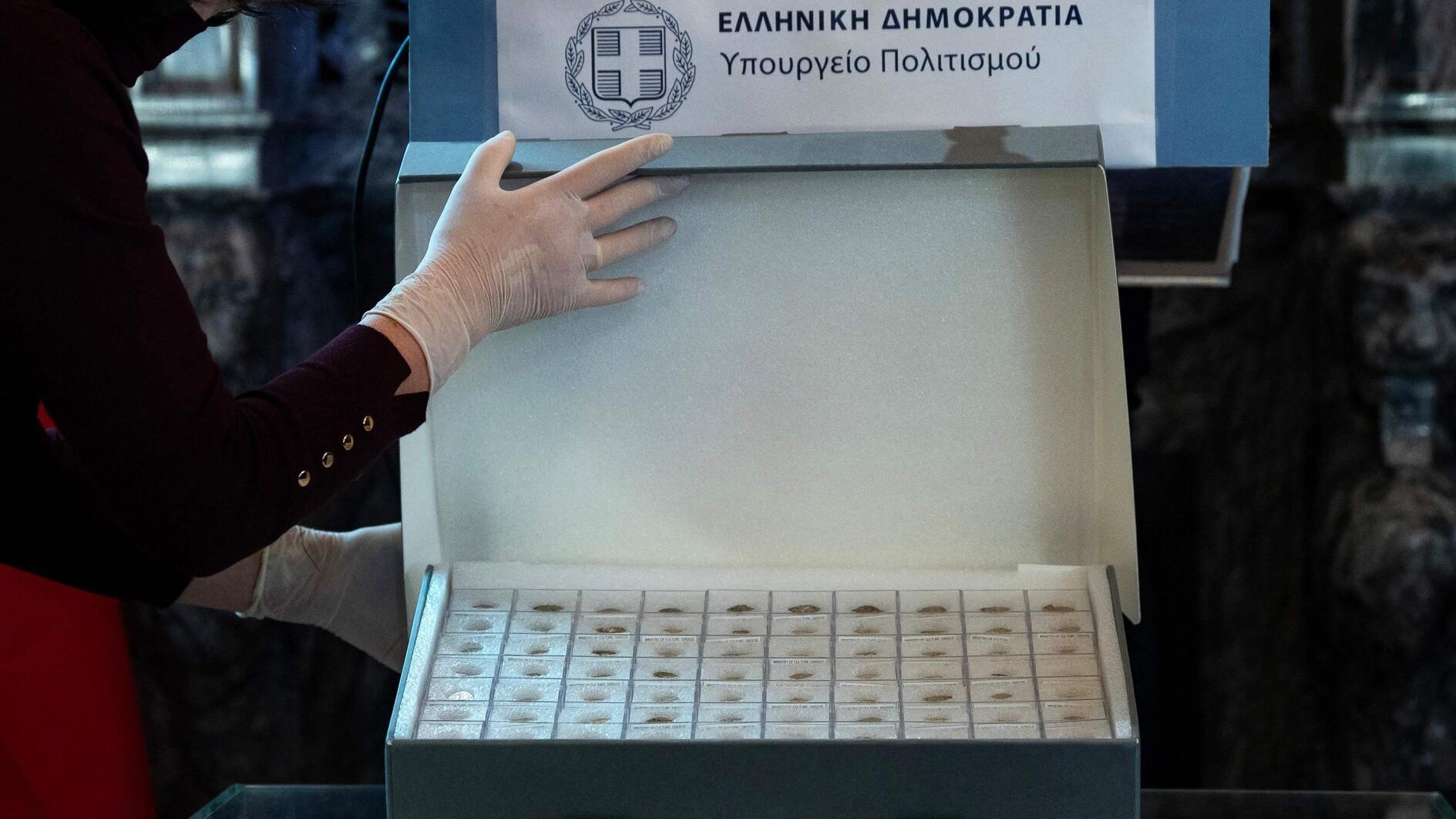‘Aliens’ of Göbeklitepe
SALİM UZUN

We met with Professor Necmi Karul, the coordinator of the Stone Hills (Taş Tepeler) Project and head of the Göbeklitepe and Karahantepe excavations after the four-day World Neolithic Congress held in Şanlıurfa, where we discussed both the congress and details of the studies shedding light on the Neolithic era.
Supported by the Culture and Tourism Ministry and Türkiye Tourism Promotion and Development Agency and organized in cooperation with Istanbul University and Harran University, the congress hosted approximately 1,000 academics from 63 countries between Nov. 4 and 8.
“The Stone Hills Project has sparked intense interest worldwide. Our colleagues are thrilled to see the excavation sites firsthand. We will be taking all participants to the sites, giving us the chance to view our work from a new perspective,” he said.
Emphasizing the great interest in Karahantepe, where extensive excavations are being carried out, Karul said “There’s an incredible influx of visitors to Karahantepe. Currently, the daily number of visitors reaches up to 1,500. In 2025, a protective roof will be built over Karahantepe and a research center will be established there as well. In our work at Neolithic settlements in Şanlıurfa, we have encountered numerous human skeletons over the past two years.”
“At Karahantepe, we found over 10 skull fragments, some of which burnt or exposed to heat. We also observed that tools like flint had been used on them, creating irregular scratches and carvings. These treatments were applied to the skulls at certain intervals, indicating a ritual. Cannibalism, however, remains a debatable topic, and with current data, we can't suggest a likelihood,” he added.
Alien connections
Karul also addressed the links between Göbeklitepe, Karahantepe and aliens or energy, saying, "My colleagues and I have witnessed certain things. Those working with energy are even advising us on where to dig. We don't belittle anyone for lacking expertise in our work, as that would be unkind. Instead of learning about things they are interested in, people often take the easy route, believing in sensational topics. Unfortunately, they avoid the effort to learn."
Ender Barın, deputy director and area supervisor of the Karahantepe excavation, has been involved with the site for 10 years and witnessed many surprising events in that time.
“People come fully dressed in white, climbing the hill barefoot. They rub their hands and faces on the stones, lie on the ground and close their eyes, making hand gestures, then tell us where to dig. One even claimed, ‘Excavate here, and what you find will change the course of your work completely.’ In another case, a woman came to the area to find her lost brother, saying there was a portal gate on the hill. She stayed in the area for a while before leaving without finding the gate.”
Recent archaeological studies suggest that Karahantepe may predate Göbeklitepe, possibly making it the oldest known Neolithic site in the world.
Like Nevali Çori and Göbeklitepe, Karahantepe follows a similar settlement layout. To date, around 250 "T"-shaped pillars have been uncovered.
















